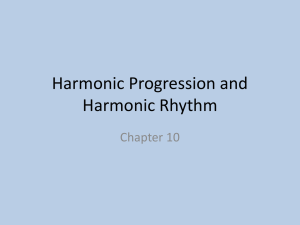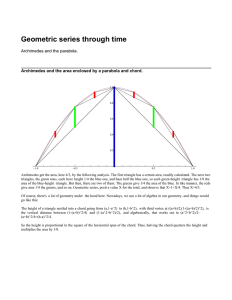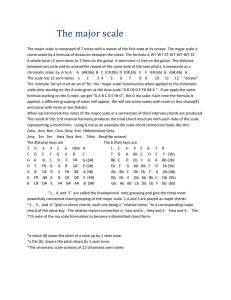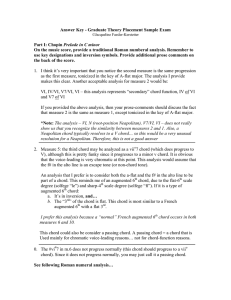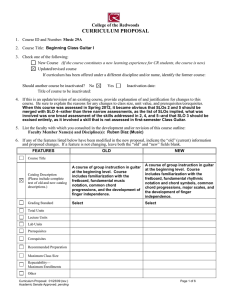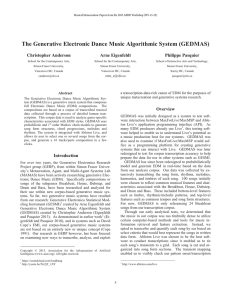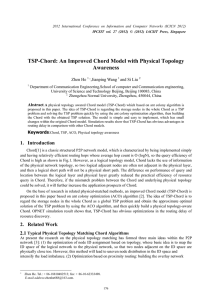Twentieth Century New scales New chords (almost any combination of notes, often dissonant and harsh)
advertisement
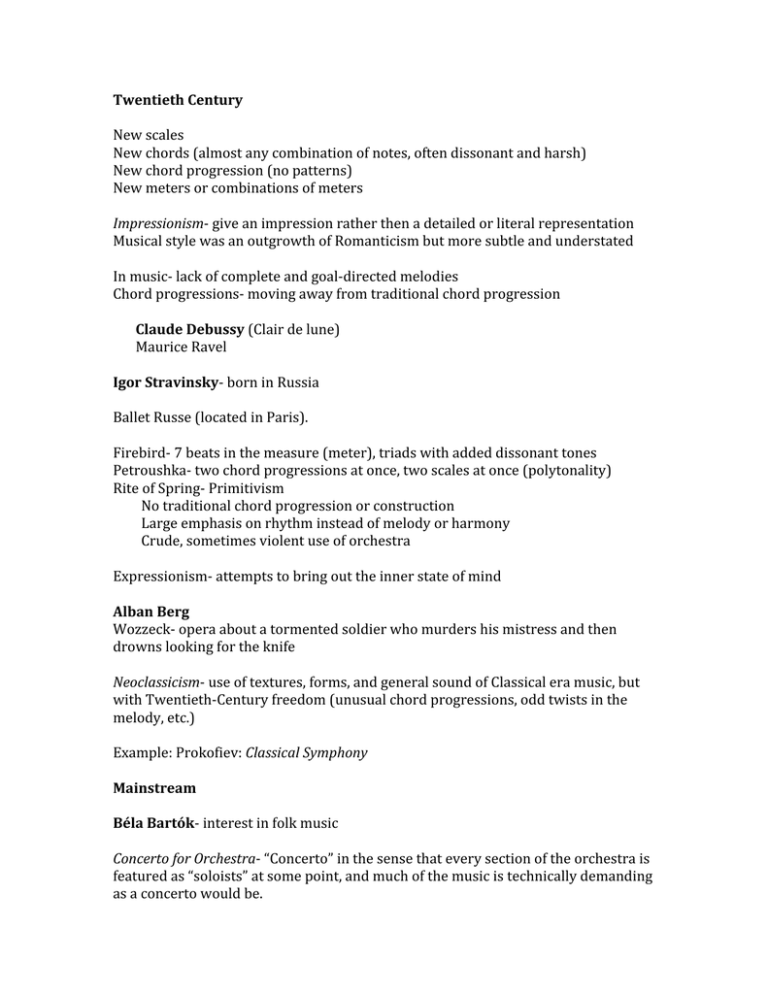
Twentieth Century New scales New chords (almost any combination of notes, often dissonant and harsh) New chord progression (no patterns) New meters or combinations of meters Impressionism‐ give an impression rather then a detailed or literal representation Musical style was an outgrowth of Romanticism but more subtle and understated In music‐ lack of complete and goal‐directed melodies Chord progressions‐ moving away from traditional chord progression Claude Debussy (Clair de lune) Maurice Ravel Igor Stravinsky‐ born in Russia Ballet Russe (located in Paris). Firebird‐ 7 beats in the measure (meter), triads with added dissonant tones Petroushka‐ two chord progressions at once, two scales at once (polytonality) Rite of Spring‐ Primitivism No traditional chord progression or construction Large emphasis on rhythm instead of melody or harmony Crude, sometimes violent use of orchestra Expressionism‐ attempts to bring out the inner state of mind Alban Berg Wozzeck‐ opera about a tormented soldier who murders his mistress and then drowns looking for the knife Neoclassicism‐ use of textures, forms, and general sound of Classical era music, but with Twentieth‐Century freedom (unusual chord progressions, odd twists in the melody, etc.) Example: Prokofiev: Classical Symphony Mainstream Béla Bartók‐ interest in folk music Concerto for Orchestra‐ “Concerto” in the sense that every section of the orchestra is featured as “soloists” at some point, and much of the music is technically demanding as a concerto would be. Heitor Villa‐Lobos Bachianas Brasileiras #5, for 8 cellos and soprano Uses “Standard” minor scale, but combines Brazilian folk‐music sound with the sense of J.S. Bach’s counterpoint Benjamin Britten “Dies Irae” from War Requiem Uses ancient Latin words with modern, rhythmic choir part Atonal‐ music which doesn’t use traditional scales and chord progressions, but uses all twelve notes possible (chromatic scale) Serialism‐ music that substitutes a “tone row” for a scale Notes of chromatic scale arranged in order and used exclusively in a particular piece “Invented” by Arnold Schoenberg Anton von Webern (student of Schoenberg) 5 Pieces for Orchestra‐ atonal Eclecticism George Crumb‐ used numerous exotic elements (instruments and unusual ways of playing traditional instruments) “Ancient Voices of Children” Chance or “Aleatory” music John Cage “Imaginary Landscapes” for 12 radios 4’22” Electronic Music Edgar Varèse‐ Poéme Electornique (uses electronically‐produced sounds recorded on magnetic tape) Minimalism Steve Reich‐ repetitive patterns and a slow rate of change Aaron Copland‐ Nationalism (inspiration from folk, popular, and ethnic elements) Rodeo uses American cowboy songs, other works by Copland show infuleuce of American jazz, Latin‐American dances, etc.
